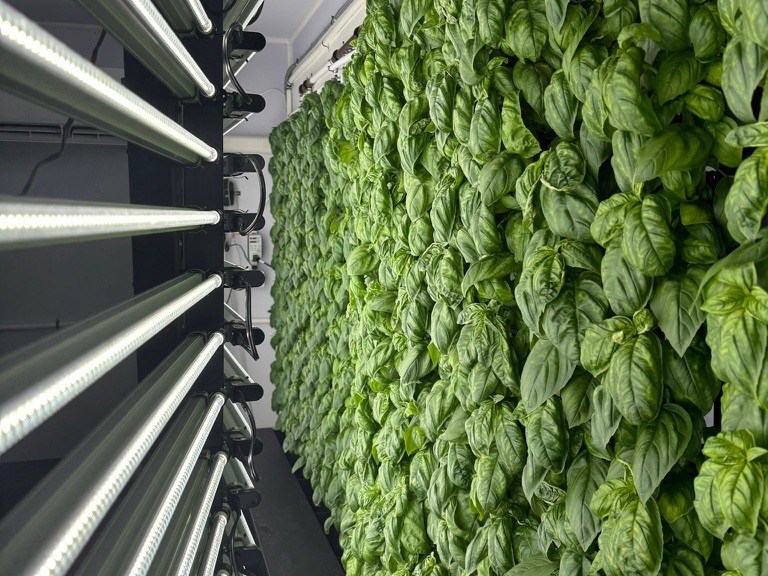Approach & Methodology
To address Seneca’s energy inefficiencies,
our team employed a mixed-methods approach combining quantitative analysis, stakeholder engagement,
and innovative technology evaluation.
Research Methods
Stakeholder Interviews:
Conducted with Seneca’s Facilities Management and Sustainability Office to identify
operational pain points (e.g., HVAC inefficiencies, lighting waste).
Cost-Benefit Analysis:
Compared four SEOF implementation options using data from U.S. Department of Energy (2022)
and Seneca’s energy audits

Technology Review:
Evaluated IoT sensors and AI-driven energy management systems (Hasan et al., 2023).
Automated Lighting Systems:
Automated Lighting Systems: Proposed motion-activated sensors in low-traffic areas (e.g.,
storage rooms, restrooms) to reduce energy waste. Lights activate only when occupancy is
detected, cutting idle consumption by 40–60% (Shah et al., 2019).
Student Energy Behavior Survey:
Questionnaire Design: Plan to distribute surveys to 500+ students to assess awareness of
energy-saving practices and receptiveness to automated systems.
Sample Questions:
"What do you think about turning off lights in unoccupied areas at night?"